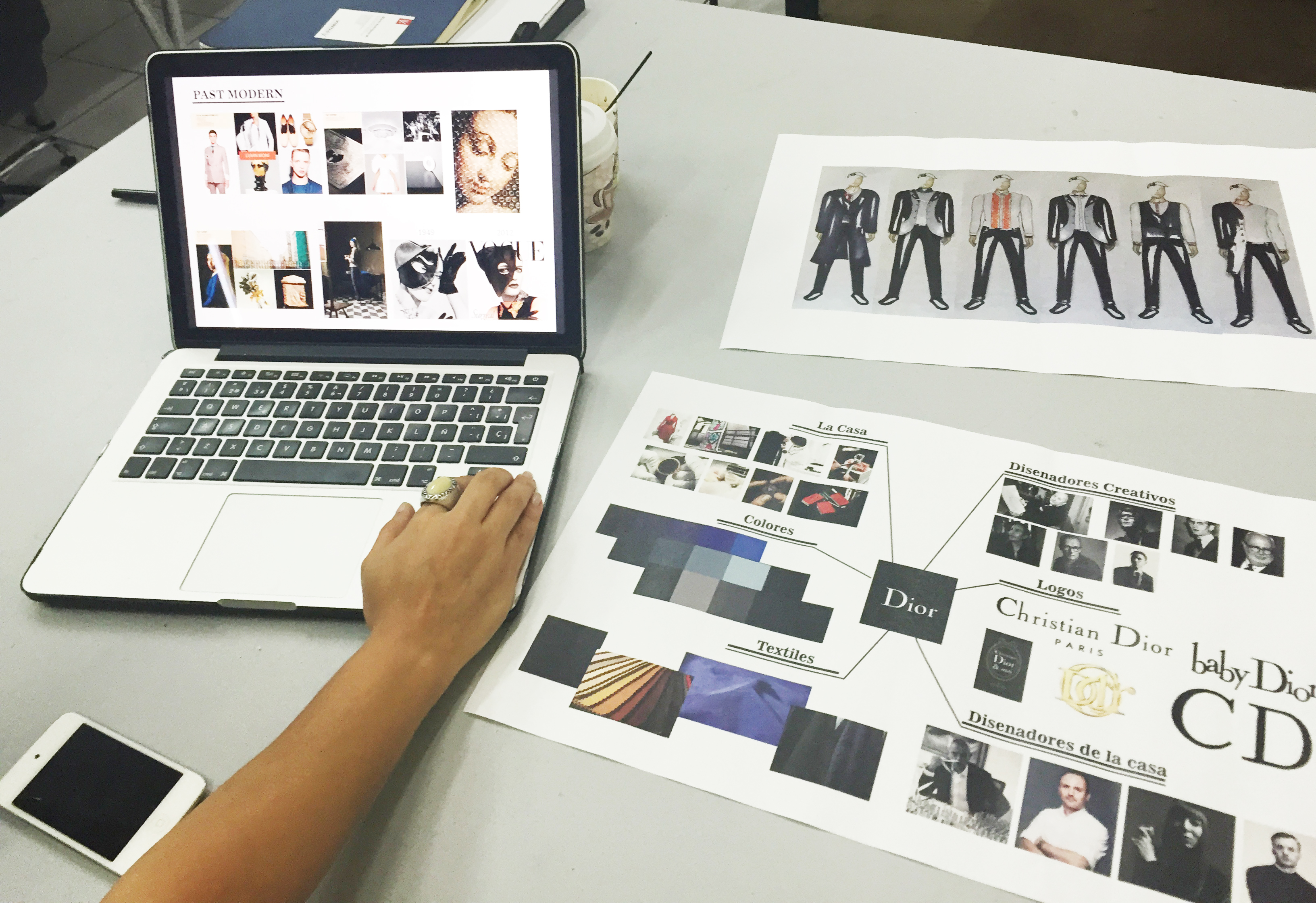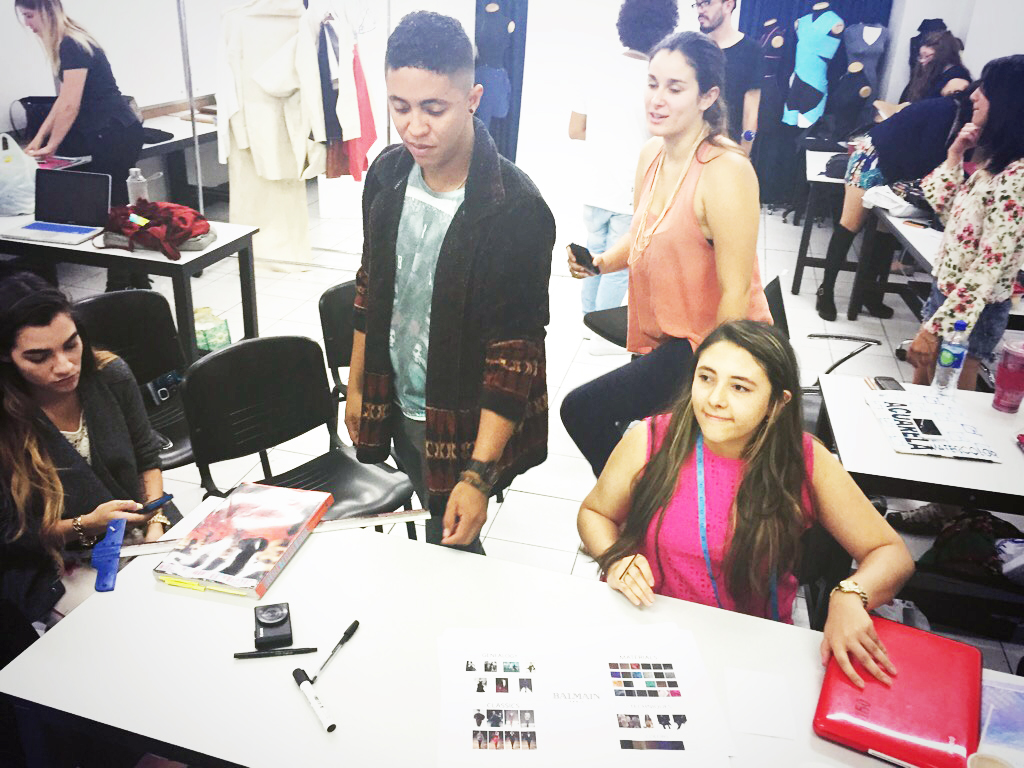April 18, 2017

In December 2011, I received an email with the subject “Fashion Designer from Costa Rica.” I was intrigued.
I was in Panama when I got this note from someone practically next door in Costa Rica. Oscar, the designer sending the note, was working on his research dissertation about open source and fashion at Kunsthochschule Weißensee in Berlin. I was so excited to connect.
As my practice has evolved over the years, so has my friendship with Oscar. Looking back at my answers to his many questions, one stuck out, the answer to Oscar’s last question to which I replied, “My only hope is that any of the work I have shared inspired someone to take action.” This response strikes at the heart of it, of what I am truly interested in: creative dialogue by making. Experiencing work from a process perspective makes a product more relatable. The magic is exposed yet a new dynamic is created. It is about them as much as it is about me, they are speaking to me by exposing themselves, not by creating a coy mystique. I see myself in their process and I take what serves my curiosity or what helps me answers questions, to resolve a problem. Their process becomes a mirror.
Ultimately, this is what I am seeking in my work, experiments and experiences that help me a transformative process and immersive journey to get to my core, my higher power. When I see others’ work I get answers or it triggers questions.
Although Oscar’s questions tied back to how to make a sustainable practice engaging in the culture of open source and sharing, in my practice I measure the impact in a more qualitative way: by measuring inspiration and the actions they drive.
I sent the answers and 4 years later, I received an email that Oscar was back in Costa Rica teaching a course in commercial design at Veritas University branch in San José. The course prepares students to develop their own design aesthetic and is based on Hacking Couture. I never thought of Hacking Couture as a tool for the real world, although I dreamed of maybe one day leading a workshop or a course in which I could guide others to develop scenarios that create not only commentary but with tangible solutions to problems that are too intimidating to address, just like I did with Hacking Couture. I used Hacking Couture as a way to engage with fashion. The project gave me permission to engage. Fashion is a way of communicating but I was really scared of not fitting in, so I used what was available to me: the visual codes of all these brands to engage with the system. It is also my way of learning. When I make a copy, I role play. I feel that I become that designer which is a practice on its own. It’s like an actor taking on a role. To be real at it you have to transform yourself, think and act like that person within your own truth.
So when I received Oscar’s notes, I was scared. I was scared because he had appropriated my process. I felt extremely guarded because I’ve struggled to find a way to give the project commercial value. I opened up because I saw the possibility of Oscar’s interpretation of his own performance. He was just following my script, and ultimately I feel that open culture is allowing for others to use your script and your mappings.
By sharing the framework I had a different way of looking at my process and I was able to get a different perspective on the project. I also saw users USE my product, which was my process, and learn from it. Now we see Frank Gehry or Aaron Sorkin sharing their skill in online masterclass format, teaching their tricks in a speedy format. Although you may listen when they teach, true learning happens when making.
Oscar used my methods and so did his students. When arriving in San José and providing feedback I was able to see how they had interpreted my framework. They had their own gain and so did I because by seeing active use of my method I had a different experience. They mirrored back my process. The retro-feeding was extremely precious to the project and practice. In part there was my satisfaction as a designer, someone was using what I made! The other part was that they also had different needs and projected new ways of using the project: both Oscar at a macro level and his students at a micro level.

On a follow up post I will be sharing what I learned from observing Oscar taking the framework in and describing the Hacks his students made and how he built upon it.